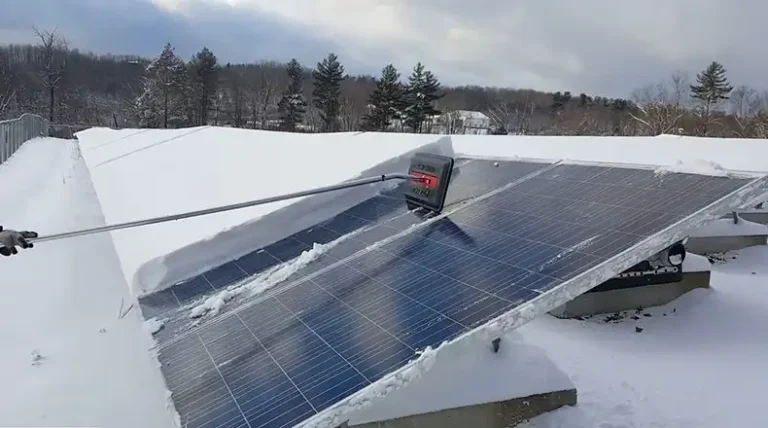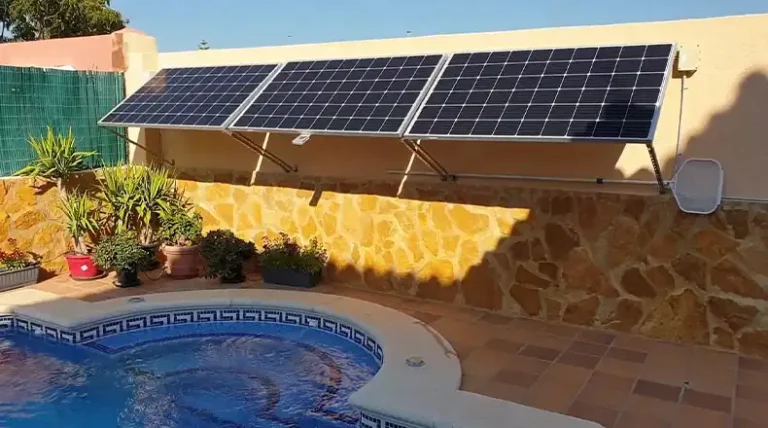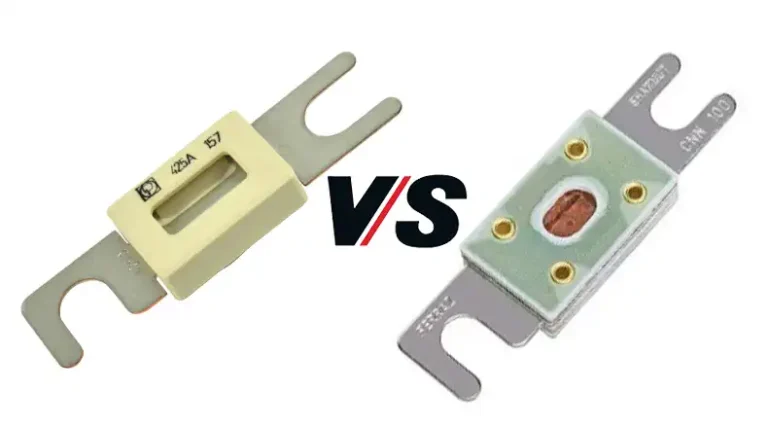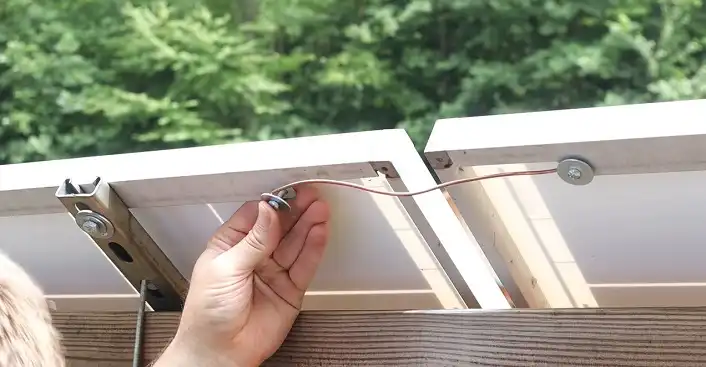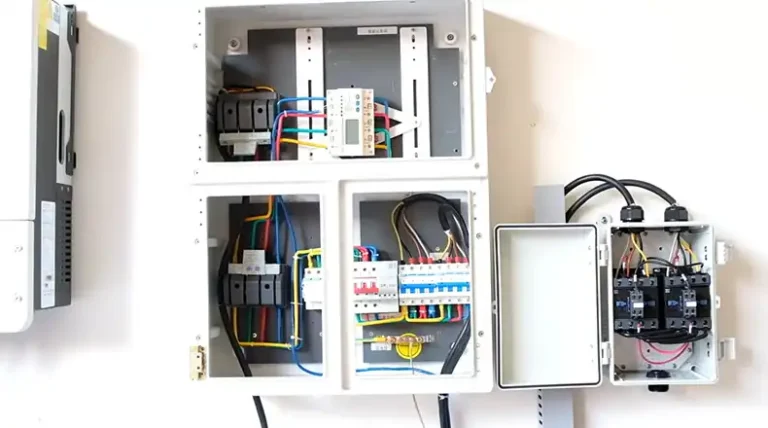What Happens if You Turn on Solar Before Permission to Operate?
Homeowners with solar panel systems must obtain permission to operate (PTO) from their utility company before activating their system. Bypassing this process can lead to a range of risks from electrical hazards like arc faults and ground faults to breaching utility contracts and losing out on billing credits. As you can see, the risks of an unauthorized interconnection are simply too high.
Getting PTO approval might seem like a hassle, but it’s worth it for safe and smooth solar power for years to come! This article explores the dangers of operating a solar system without PTO, explains the steps involved in getting PTO, and offers tips to streamline the process. So, to get an overall overview, stick to the post till the end.

What Are the Risks of Turning on Solar Before Permission to Operate?
If you turn on your solar system before getting the PTO, you may face any of the following situations –
Safety Hazards
Energizing your solar system before the required inspections and PTO approval can pose serious electrical safety hazards to your home and family. Solar panels produce high voltages and currents that must be properly integrated into your home’s electrical system.
Arc Faults
These occur when electrical insulation breaks down or connections loosen over time, allowing electrical arcing that generates intense heat and a fire risk. Improperly installed solar wiring is especially susceptible.
Loose electrical connections on the panels, inverters, or junction boxes can lead to dangerous arcing and potential structure fires if not caught during the inspection. Flickering lights may indicate loose connections causing arcing on the circuit.
Ground Faults
These happen when an energized “hot” electrical conductor comes into contact with a grounded surface, like an exposed metal conduit or equipment cases. This can deliver a potentially lethal shock and allow electrical current to flow into unintended paths, damaging equipment.
Proper grounding and bonding of all exposed metal surfaces is essential to prevent ground faults. Inspectors verify this extremely important safety requirement is met during the PTO process.
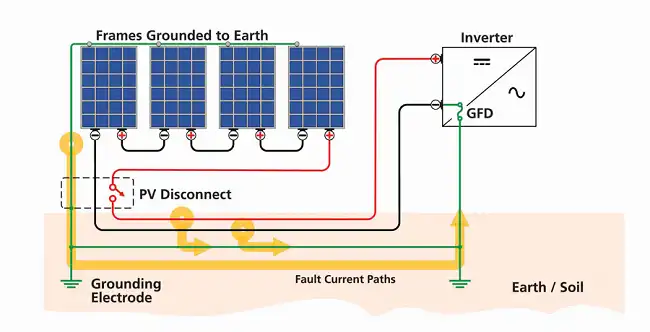
Inspections during the Permission to Operate process verify proper system grounding, secure connections, and overall electrical code compliance to the latest National Electrical Code (NEC) safety standards from NFPA.
Contract Violation
Skipping the PTO process likely violates the terms of your interconnection agreement with the utility company. These legally binding contracts stipulate that the installed solar system must undergo a thorough inspection and receive approval before operating in parallel with the grid.
Potential consequences can include voiding equipment and workmanship warranties, termination of net metering agreements, and even fines or other penalties from the utility for operating an uninspected system against regulations.
Billing Problems
Most homes have a standard electrical meter that only tracks electricity flow one way – from the grid into the home. When solar is installed, this meter must be swapped out or re-configured for “net metering” to properly measure and credit any excess electricity your panels export to the grid.
If you operate your system before the utility approves the net metering setup during PTO, you could lose financial credits for that exported solar power. Even worse, you may be billed erroneously for any solar electricity you generate, since the old meter sees it as “delivered” power rather than on-site generation.
How to Get Permission to Operate for Your Solar System?
In case you haven’t submitted a PTO application, you need to prepare for interconnection and receiving PTO approval progresses through these stages –
Step 1: System Installation
Your chosen solar installer completes the physical installation of panels, racking, wiring runs, inverters, and other electrical components at your property over 1-2 weeks.
Interconnection Application: Once installation is complete, your installer (or you in some cases) officially applies for interconnection and PTO by submitting an application package to your local utility company. This includes –
- System specs (total panel wattage, inverter make/model, DC/AC ratings)
- Single-line diagram of the solar system’s electrical layout
- Roof structural inspection verifying the home can support panel weight
- Electrical, building, and other required permitting documents
- Signed interconnection agreement with the utility’s terms
Step 2: Inspections
The utility provider coordinates one or more inspections of the installed system at the property by their staff or third-party inspectors, typically within 1-2 weeks of application:
- Physical inspection of all equipment, wiring methods, labeling for NEC code compliance
- Electrical testing to verify proper grounding, and bonding of equipment cases
- Confirmation that a net meter or other grid-tie equipment is properly installed
During the inspection, any deficiencies or safety violations must be corrected before passing and advancing to final PTO approval.
Step 3: PTO Approval
If all requirements are met during the inspection(s), the utility reviews all documentation and grants official Permission to Operate, allowing activation of the complete solar system. PTO paperwork serves as the go-ahead to start generating solar power for the home.
This final step can take 1-2 weeks from the time of inspection, depending on the utility’s workload and processes.
Additional Considerations
- Utilities commonly charge $100-300 for PTO application processing and inspection costs.
- Some municipalities require their permit inspections before PTO, which adds extra time.
- While basic systems may complete PTO in just 2-3 weeks total, complex projects can take 2 months or longer due to utility backlog or other delays.
Estimated PTO Process Timeline
| Stage | Timeframe |
| System Installation | 1-2 weeks |
| Interconnection Application | 1-2 weeks |
| Inspections | 1-2 weeks |
| PTO Review & Approval | 1-2 weeks |
| Total | 4-8 weeks* |
NOTE: This is for a basic residential solar installation. Complex projects may take longer.
How to Efficiently Obtain the Permission to Operate?
Choose an Experienced Installer: Select a solar company with an established track record of successfully guiding customers through utility PTO processes in your area. Experienced installers can ensure paperwork accuracy, anticipate potential delays, and correct any deficiencies found during inspection.
Thoroughly Review the Interconnection Agreement: Read and understand your utility’s interconnection agreement terms before signing. Pay special attention to system requirements, insurance responsibilities, fees, and penalties for unauthorized interconnection before PTO.
Compile Necessary Documentation: Work closely with your installer from the start to ensure all required documents are prepared and included in the PTO application –
- Completed permit applications and forms
- System electrical and physical design drawings
- Equipment specification sheets
- Permit inspection reports (electrical, structural, etc.)
- Signed interconnection agreement
Keep Communication Open: Maintain an open dialog with your installer throughout the process. A responsive company can quickly provide any additional documentation requested, schedule re-inspections if needed, and keep you informed of the current PTO approval status.
Frequently Asked Questions
What if my utility denies PTO?
Interconnection denials can occur due to application errors or deficiencies identified during the inspection, such as code violations, wiring issues, insufficient documentation, or other problems. Work closely with your installer to investigate the reasons, implement corrections, and re-submit for approval.
Can I temporarily operate to offset costs while awaiting PTO?
No, most utilities strictly prohibit any unauthorized interconnection or operation before PTO under penalty of fines, liability claims, or even permitting revocations. The risks of an un-inspected system simply aren’t worth attempting interim operation.
How can I estimate my area’s typical PTO timeframe?
PTO process duration varies significantly between utilities. Research your area’s specific solar permitting guidelines and requirements via resources like energycodes.gov or dsireusa.org. Speaking with established local installers can also provide realistic estimates based on their experience.
Does PTO continue after system activation?
While the initial PTO process enables system activation, homeowners must maintain compliance through proper system operation and periodic utility inspections (frequency varies by area). Any modifications like adding equipment should re-trigger the PTO approval cycle.


